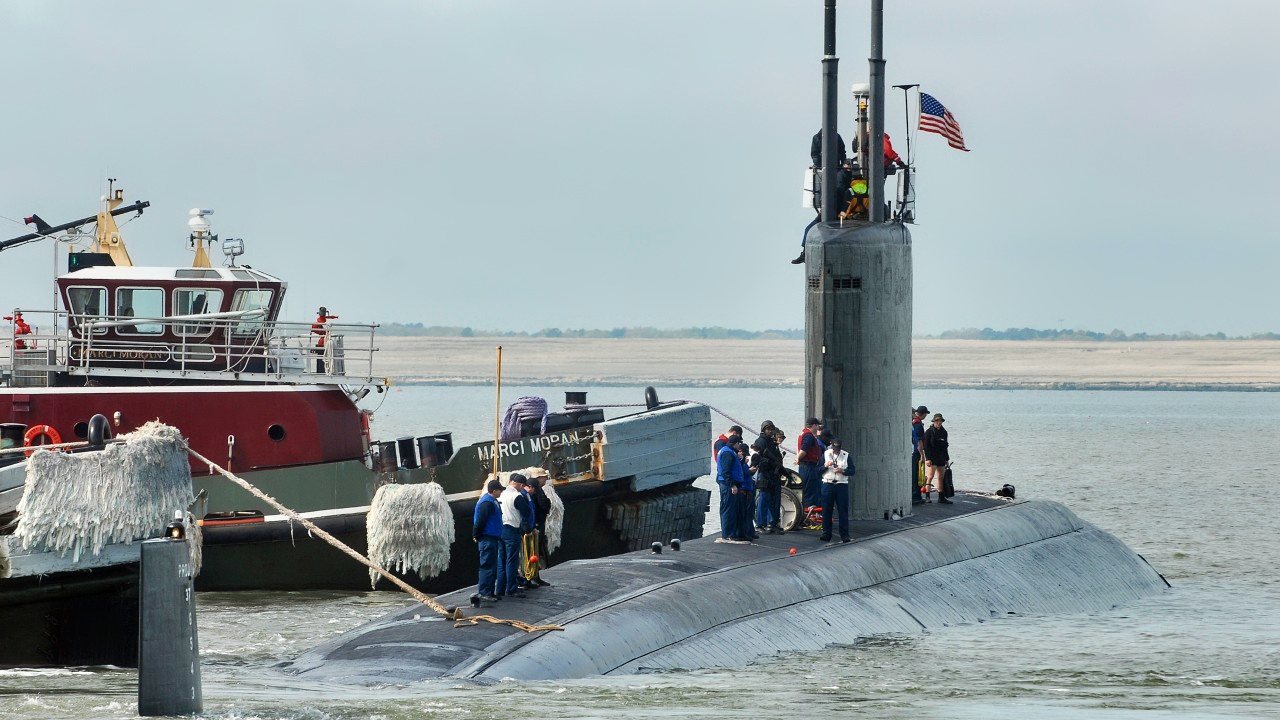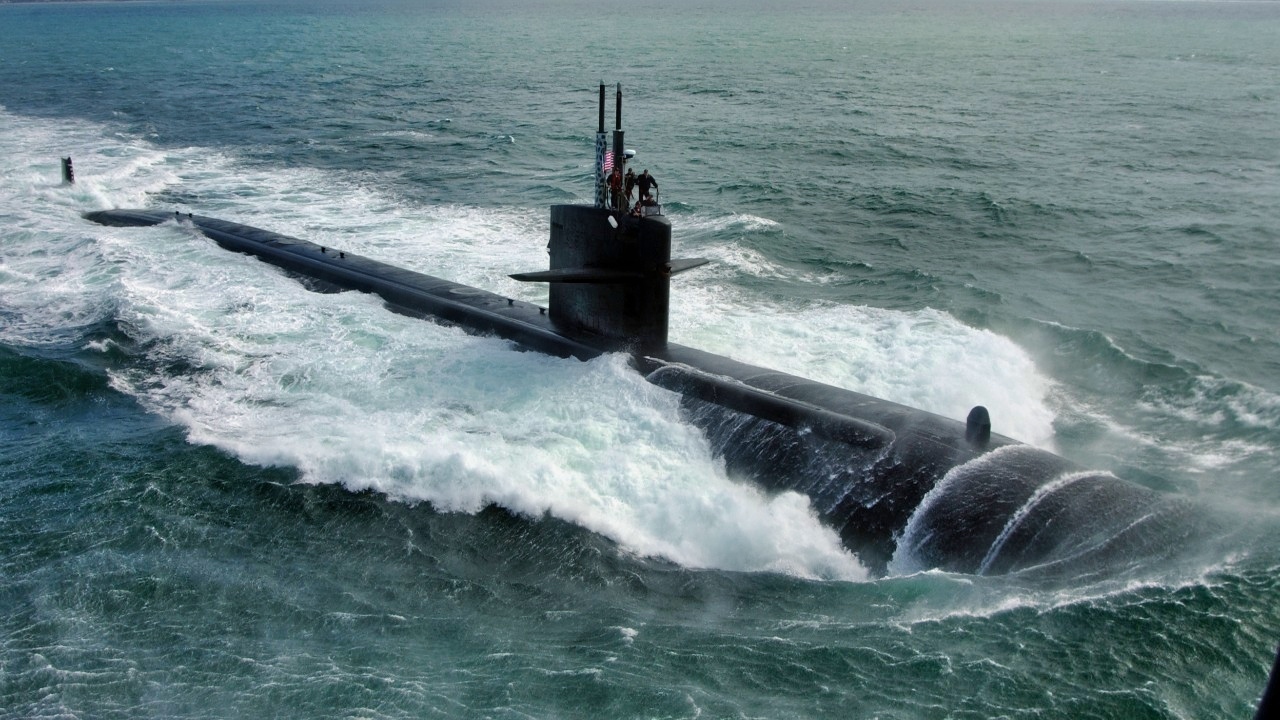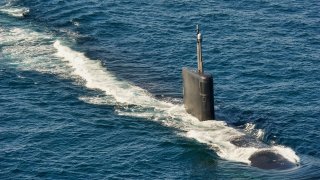Los Angeles-Class: The Old Attack Submarine the U.S. Navy Can't Retire?
In a potential large-scale conflict between China and the United States, attack submarines would play a crucial role, particularly in the Indo-Pacific. The U.S. Navy, with the world's largest submarine fleet, relies heavily on its Los Angeles-class submarines to maintain underwater superiority.
Summary: In a potential large-scale conflict between China and the United States, attack submarines would play a crucial role, particularly in the Indo-Pacific. The U.S. Navy, with the world's largest submarine fleet, relies heavily on its Los Angeles-class submarines to maintain underwater superiority.

-These vessels, equipped with Tomahawk cruise missiles and Mark 48 torpedoes, are essential for sinking enemy shipping and establishing naval dominance. With China rapidly expanding its submarine fleet, the quality of the submarines and the training of their crews are critical.
-As the Virginia-class submarines are still coming into service, the Los Angeles-class remains vital to U.S. naval strategy.
Los Angeles-Class Submarines: The Backbone of US Naval Power
In a large-scale conflict between China and the United States, submarines could make all the difference. Specifically, attack submarines would be in high demand in a clash in the Indo-Pacific.
Attack submarines have a simple mission: find and sink enemy shipping. They can support ground forces with their Tomahawk cruise missiles, but their main objective in a near-peer conflict would be to locate, harass, and sink enemy shipping, thus helping the Navy establish crucial naval superiority on the battlefield.
Today, the U.S. military has the largest submarine fleet in the world, but China is closing the gap fast. The U.S. Navy has dozens of attack submarines, and the Los Angeles-class vessels are the most important right now because they ensure American superiority underwater until their replacements are ready.
But it’s not just about numbers. The quality of the vessel, as well as the training of the crew, are equally important. In that respect, the U.S. Navy also enjoys an advantage.
The Los Angeles-Class Attack Submarine
The Navy has three classes of attack submarines in service: the Los Angeles, Seawolf, and Virginia. The Los Angeles-class is the backbone of the Navy’s attack submarine force submarine force. It is the largest in the U.S. Navy’s fleet, with about twenty-four subs ready for action.
Built by Newport News Shipbuilding Co. and General Dynamics Electric Boat Division, Los Angeles submarines are some of the most important pieces of equipment in the U.S. military’s arsenal.
From 1972 to 1996, there were sixty-two completed submarines, making it one of the most important programs in the history of the U.S. Navy. Over thirty-five have been retired, with some remaining in service as training ships. Although the remaining active subs have gone through important modernization, their lifetime is slowly ending. Its replacement, the Virginia-class, is catching up with twelve vessels already in service and approximately ten more in construction.
One of the big questions is whether the U.S. Navy can afford to lose the Los Angeles-class before the Virginia-class is ready to go.

The Los Angeles-class submarines are well equipped for their role, with the ability to carry twelve Vertical Launch System (VLS) tubes for firing Tomahawk cruise missiles and Mark 48 heavy torpedoes. They can reach speeds of up to 25 nautical knots (almost 30 miles per hour) and require a crew of sixteen officers and 127 enlisted personnel. The class is powered by one nuclear reactor that ensures that the Los Angeles submarines can sail for as long as their provisions last. This is a great capability to have in a near-peer conflict where an adversary could use its advanced sensors to spot vessels.
Los Angeles-class subs aren’t small by any means. They have a displacement of 6,900 tons, a length of 360 feet, and a beam of 33 feet. Los Angeles vessels are quite big and rely on their special sensors, build, and crew training to avoid being detected in operational conditions.

About the Author
Stavros Atlamazoglou is a seasoned defense and national security journalist specializing in special operations. A Hellenic Army veteran (national service with the 575th Marine Battalion and Army HQ), he holds a BA from the Johns Hopkins University, an MA from the Johns Hopkins’ School of Advanced International Studies (SAIS). He is pursuing a J.D. at Boston College Law School. His work has been featured in Business Insider, Sandboxx, and SOFREP.


